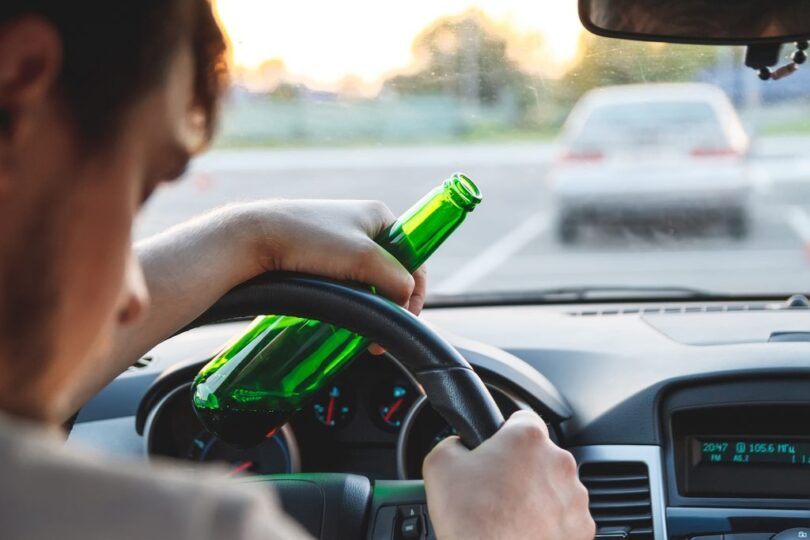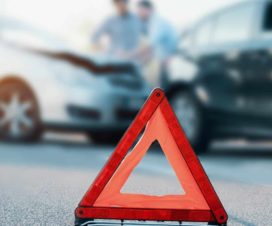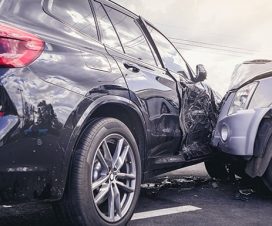 |
Millions of traffic accidents take place each year in the United States due to violations of traffic regulations, resulting in catastrophic injuries and death. Rear-end car accidents comprise a vast majority of these accidents and are the most frequent type of traffic collisions in the United States. According to official statistics, nearly two million rear-end accidents occur each year, resulting in over half a million injuries and two thousand deaths. While these figures are alarming enough on their own, they become even more disconcerting in the context of traffic law violations; most such accidents can be avoided if all drivers would obey traffic laws closely.
If you or your loved one was involved in a rear-end collision and you believe your accident resulted from someone else’s negligence, you can pursue legal action against the driver liable for your accident and injury. An experienced car accident attorney at Kogan & DiSalvo in Florida can help you file a lawsuit and recover compensation for damages resulting from the accident. Your attorney will also help collect the evidence required to establish liability in your car accident lawsuit.
Causes of Rear-End Car Accidents
Some of the most common causes of rear-end car accidents include the following.
Over Speeding

Source: thefloodlawfirm.com
Driving over the designated speed limit can impair a driver’s reaction time resulting in traffic accidents. Since most drivers tend to drive faster in their traffic lane, they are more likely to strike the vehicles immediately in front of them.
Tailgating
All traffic vehicles must observe a particular distance between adjacent cars for the safety of every driver on the road. Tailgating refers to the illegal practice of driving close to the next vehicle, such that if the car in the front applies brakes suddenly, the two vehicles can collide.
Drunk Driving

Driving under the influence of alcohol impairs rational thinking and the decision-making capacity of an individual, thus significantly increasing the chances of an unfortunate traffic accident. Drunk driving is one of the most common causes of rear-end car crashes in the United States.
Reckless Driving
Reckless driving refers to aggressive driving without any regard for traffic regulations whatsoever. Whether it is under the influence of a substance or not, this behavior endangers everyone on the road, car drivers and pedestrians alike.
Lane Switching
Switching lanes illegally or without looking carefully for the vehicles all around can put drivers at a risk for rear-end car accidents. Fast-moving vehicles that carelessly switch lanes can result in catastrophic crashes, inviting physical injury and death.
Driver Fatigue

Source: vanninja.co.uk
Driving under fatigue without having adequate rest or sleep can result in rear-end accidents. A driver might fall asleep behind the wheel and crash into the next vehicle, resulting in an unfortunate series of events that culminates in serious physical injury.
Common Injuries in Rear-End Accidents
Some of the most common injuries in rear-end car accidents include:
Whiplash Injury

Source: hauptman-obrien.net
Whiplash injury results from the jerking motion of the head that results from the sudden deceleration of a vehicle when it bumps into another. The head and neck undergo sudden movement at unnatural angles, resulting in serious injury to bone, soft tissue, and nerves. Most whiplash injuries are accompanied by concussions and soft tissue trauma like bruises and abrasions.
Bone Fractures
Rear-end car crashes might result in fractures of long and short bones of the body, the skull, or the vertebral column, resulting in temporary or permanent incapacitation. While most simple bone fractures heal without any lingering adverse effects, complicated fractures might take years to heal, and disability is a very real possibility.
Seat Belt Injury
Although seat belts are supposed to protect drivers from any unwanted injury in car accidents, they might result in blunt-force trauma to the chest, abdomen, and neck. Splenic lacerations are some of the most feared sequelae of seat belt injuries.
Traumatic Brain Injury (TBI)

Source: keranews.org
TBIs result from a sudden, forceful impact on the head. They might range from minor concussions to massive internal bleeding. Depending on the circumstances surrounding the accident, these injuries can leave a person with residual damage based on the area of the brain affected during the accident.
Establishing Liability
Determining liability is one of the most challenging components of any personal injury lawsuit. Negligence is usually established in these cases using the principle of duty of care. According to this principle, you must prove that the defendant owed you a certain duty of care and that their actions that resulted in the rear-end crash breached this duty. Additionally, you must provide evidence of your injury and financial damages resulting from the accident and prove that the defendant was directly or indirectly responsible for them.
Although a rear-end car crash might seem like an open-and-shut case at first, the fact remains that these lawsuits are often incredibly complicated due to the number of factors at play. For instance, if your vehicle gets rear-ended by a contracted truck driver, you can sue the driver, truck owner, truck company, and contractor for compensation for your damages. It is based on the principle that all employers can be held liable for the rash driving behavior of their employees.
Importance of Legal Representation
If you or your loved one gets involved in such an accident, consulting a skilled lawyer is one of the first steps you should take to ensure that no one will encroach on your legal rights. Personal injury lawsuits can be complicated for a person to handle on their own and, in most cases, necessitate legal help. An experienced lawyer can devise a solid legal strategy for you and help you win the compensation you deserve for the damages incurred during the incident.
Conclusion
If you were involved in a fender-bender, you might be able to pursue legal action against the negligent driver. Through a personal injury lawsuit against the defendant, you can seek compensation for your damages, including medical bills, loss of income, cost of ongoing treatment, emotional pain and suffering, and more. Hiring a competent lawyer is one of the most important steps to ensure that you receive adequate compensation for your damages. It is advisable to get in touch with a reputable law firm immediately after the accident, so your lawyer might start working on your legal strategy as soon as possible.




